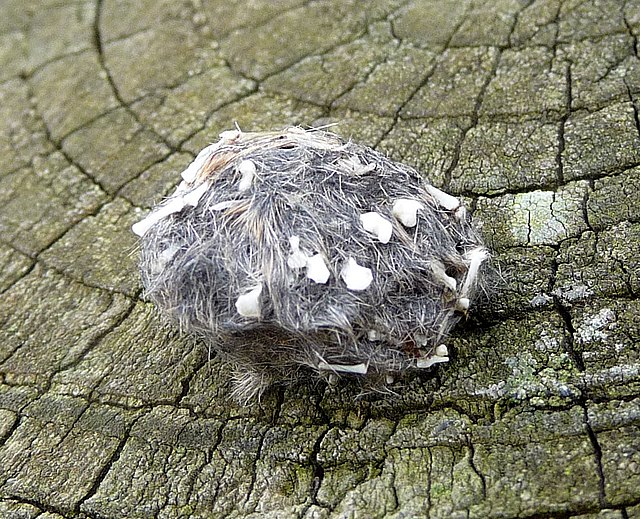In spermatophyte plants, seed dispersal is the movement, spread or transport of seeds away from the parent plant. Plants have limited mobility and rely upon a variety of dispersal vectors to transport their seeds, including both abiotic vectors, such as the wind, and living (biotic) vectors such as birds. Seeds can be dispersed away from the parent plant individually or collectively, as well as dispersed in both space and time. The patterns of seed dispersal are determined in large part by the dispersal mechanism and this has important implications for the demographic and genetic structure of plant populations, as well as migration patterns and species interactions. There are five main modes of seed dispersal: gravity, wind, ballistic, water, and by animals. Some plants are serotinous and only disperse their seeds in response to an environmental stimulus. These modes are typically inferred based on adaptations, such as wings or fleshy fruit. However, this simplified view may ignore complexity in dispersal. Plants can disperse via modes without possessing the typical associated adaptations and plant traits may be multifunctional.

Epilobium hirsutum seed head dispersing seeds
The "bill" and seed dispersal mechanism of Geranium pratense
Wind dispersal of dandelion fruits
Entada phaseoloides – Hydrochory
A dispersal vector is an agent of biological dispersal that moves a dispersal unit, or organism, away from its birth population to another location or population in which the individual will reproduce. These dispersal units can range from pollen to seeds to fungi to entire organisms.
Dandelion seeds are adapted to wind dispersal.
In leptosporangiate ferns, the fern catapults its spores 1-2 cm so they can be picked up by a second dispersal vector, often the wind.
Barn owl pellets containing pouched mouse remains have been found to contain germinating seeds.
Cape genets have been found to act as pollinators when they drink nectar from flowers.








